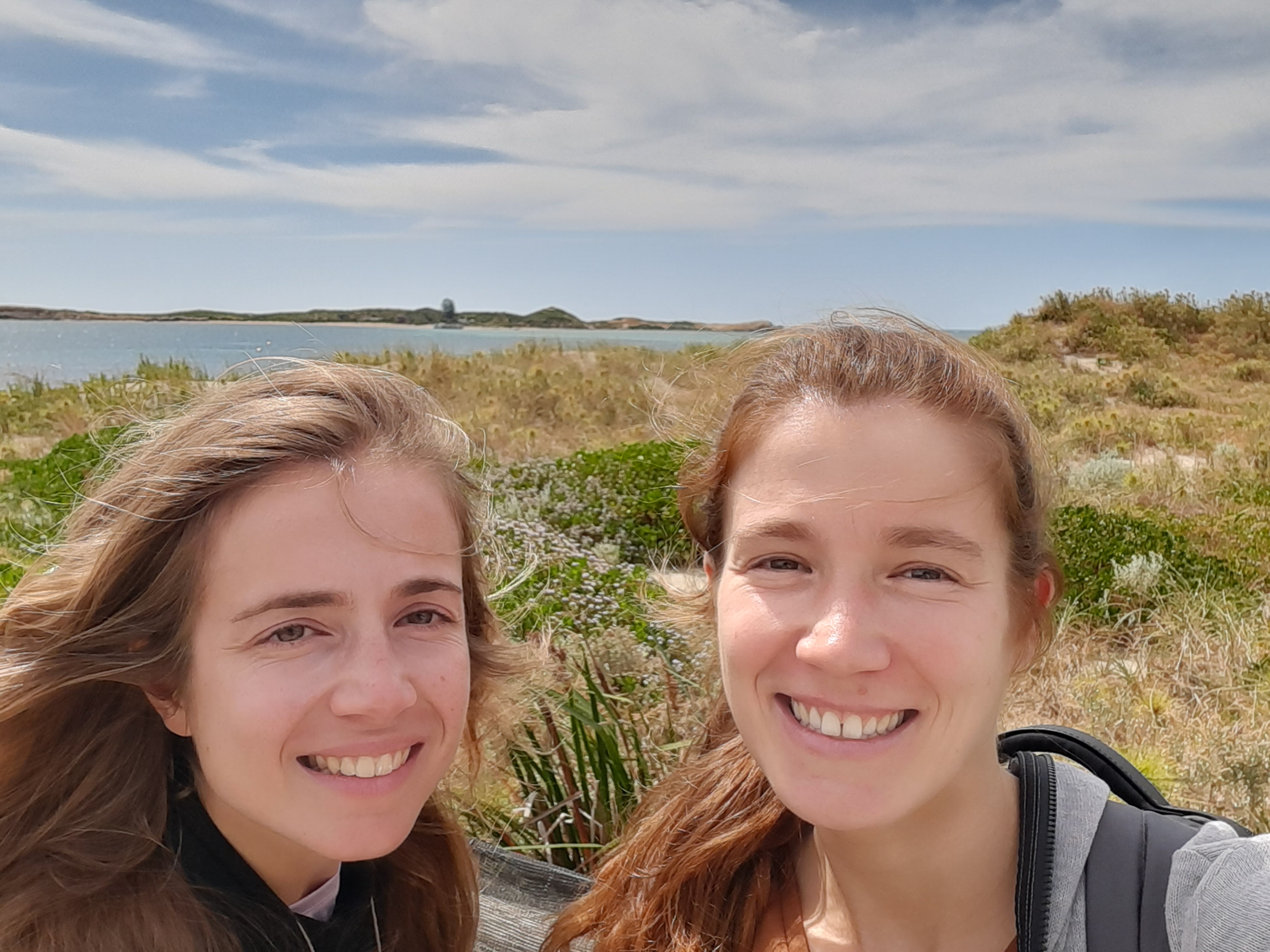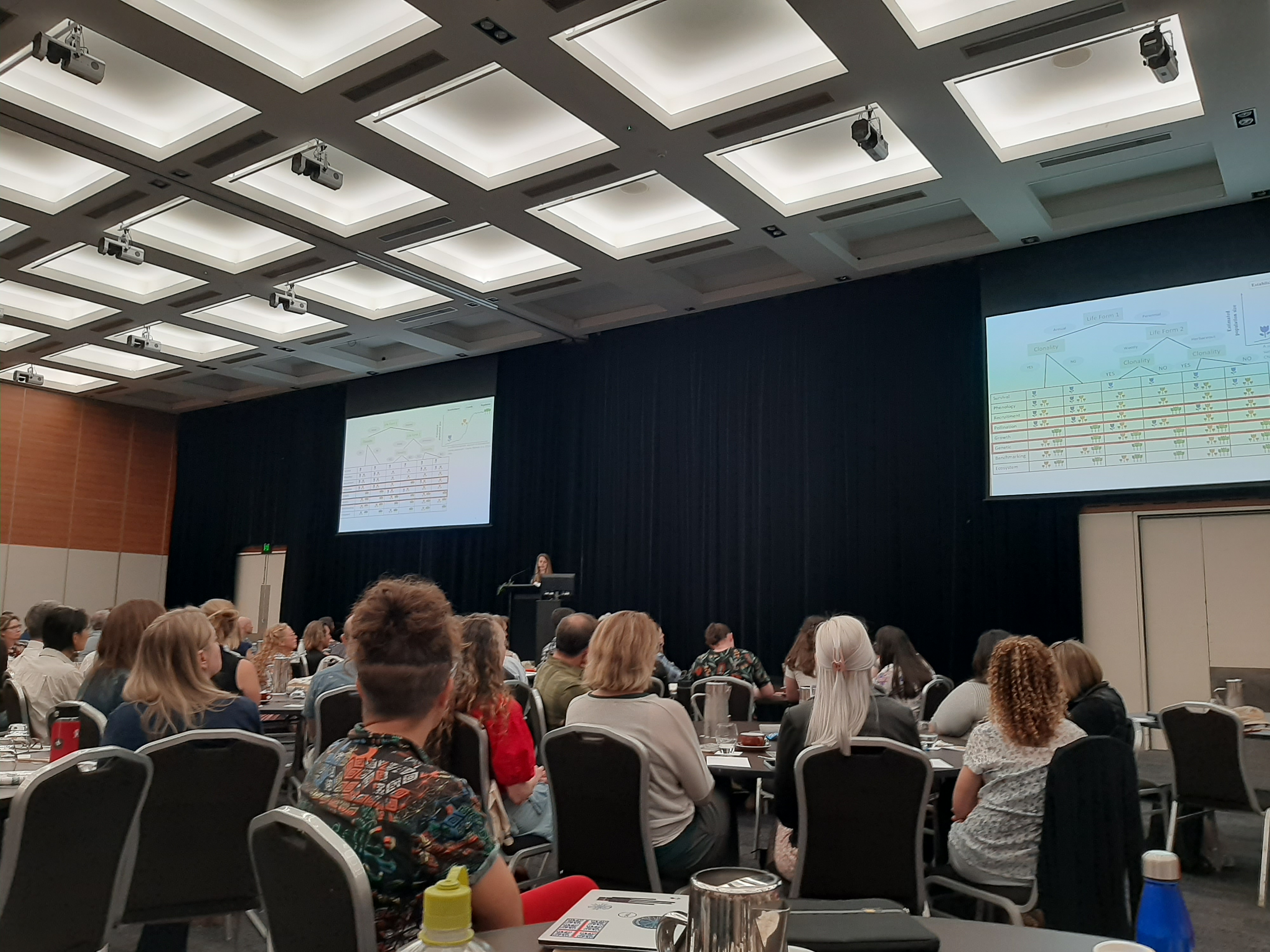 Dr. Filipa Coutinho Soares and Nadline Kjelsberg presented their work at the 3rd International Conservation Translocation Conference in Perth, Australia. They spent 5 days with around 60 other speakers, including many distinguished wildlife experts, discussing how to improve the success rates of future conservation translocation programs. Taking advantage of this amazing network of translocation experts, they divulged both the Transloc project and the TransLoc database, potentially opening doors for future collaborations.
Dr. Filipa Coutinho Soares and Nadline Kjelsberg presented their work at the 3rd International Conservation Translocation Conference in Perth, Australia. They spent 5 days with around 60 other speakers, including many distinguished wildlife experts, discussing how to improve the success rates of future conservation translocation programs. Taking advantage of this amazing network of translocation experts, they divulged both the Transloc project and the TransLoc database, potentially opening doors for future collaborations.
Dr. Filipa talked about how the taxonomic bias of plant translocations in Europe can contribute to the conservation of phylogenetic and functional diversity at different spatial scales. She focused on 16,651 angiosperm species distributed across nine European countries to assess whether translocated plant species are representative of the phylogenetic and functional diversity of native plant communities at regional and country-level scales. Moreover, she explored if plant translocations balance or reverse extinction risks regardless of taxonomic group, by interpreting biases in the light of species conservation status at global and national levels. She showed that although there is no apparent taxonomic bias, the phylogenetic richness of translocated species was higher than expected by chance across most countries. These differences between countries may result from distinct national conservation targets or variations in public and political support
 PhD candidate Nadline Kjelsberg presented the first results of her research on the success of conservation translocations. First, she reviewed the use of current success criteria among 1508 plant translocations including 810 species varying in ecological characteristics and traits. This investigation proved that practitioners across the globe did not use any common framework, giving thus the opportunity to give new recommendations to increase the long-term survival of translocated populations. Second, she investigated further the drivers leading to the success of plant translocations by characterising the habitat quality and how this impacts the survival of translocated individuals through time. The results were found to give new insights into restoration science and practices.
PhD candidate Nadline Kjelsberg presented the first results of her research on the success of conservation translocations. First, she reviewed the use of current success criteria among 1508 plant translocations including 810 species varying in ecological characteristics and traits. This investigation proved that practitioners across the globe did not use any common framework, giving thus the opportunity to give new recommendations to increase the long-term survival of translocated populations. Second, she investigated further the drivers leading to the success of plant translocations by characterising the habitat quality and how this impacts the survival of translocated individuals through time. The results were found to give new insights into restoration science and practices.